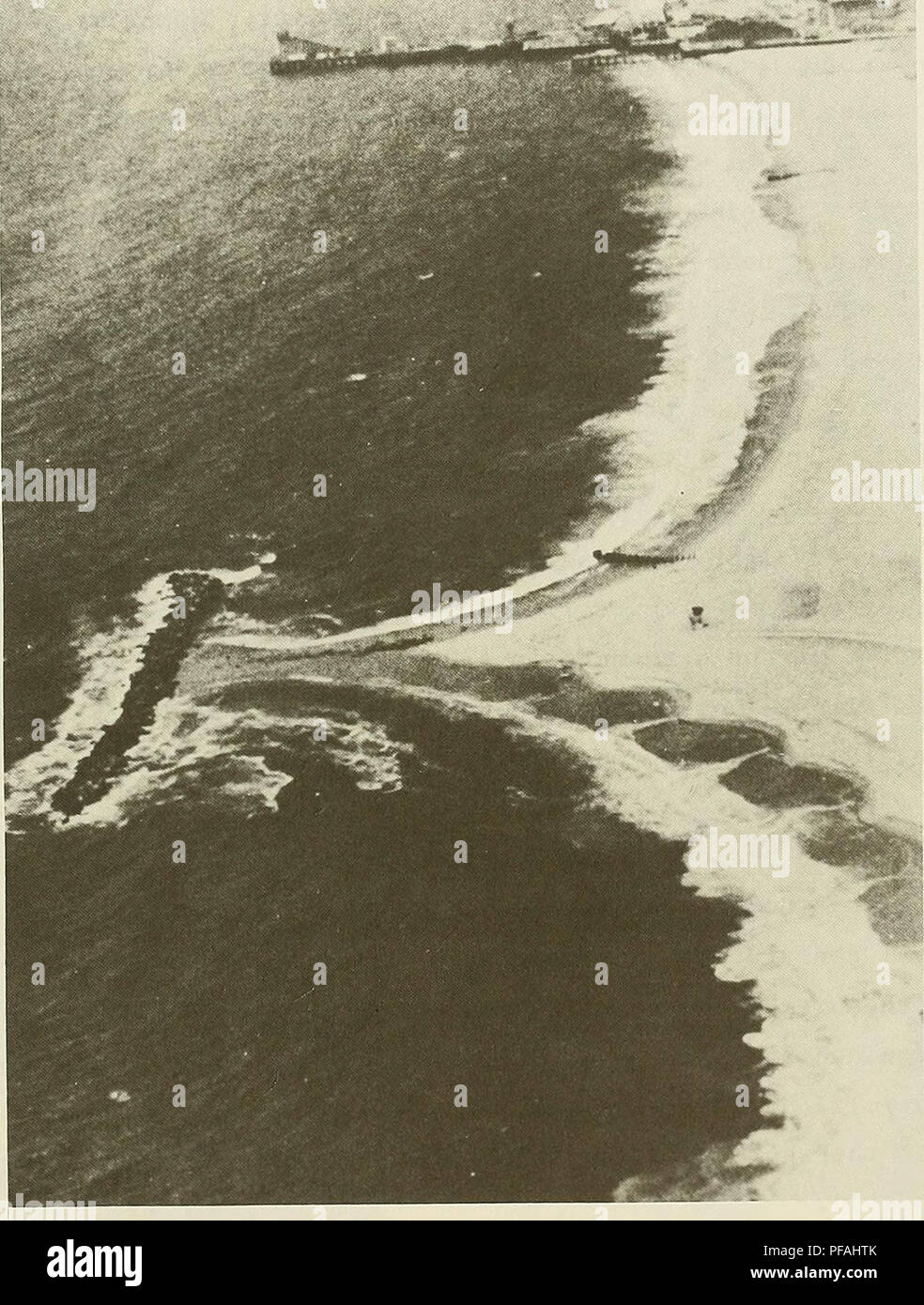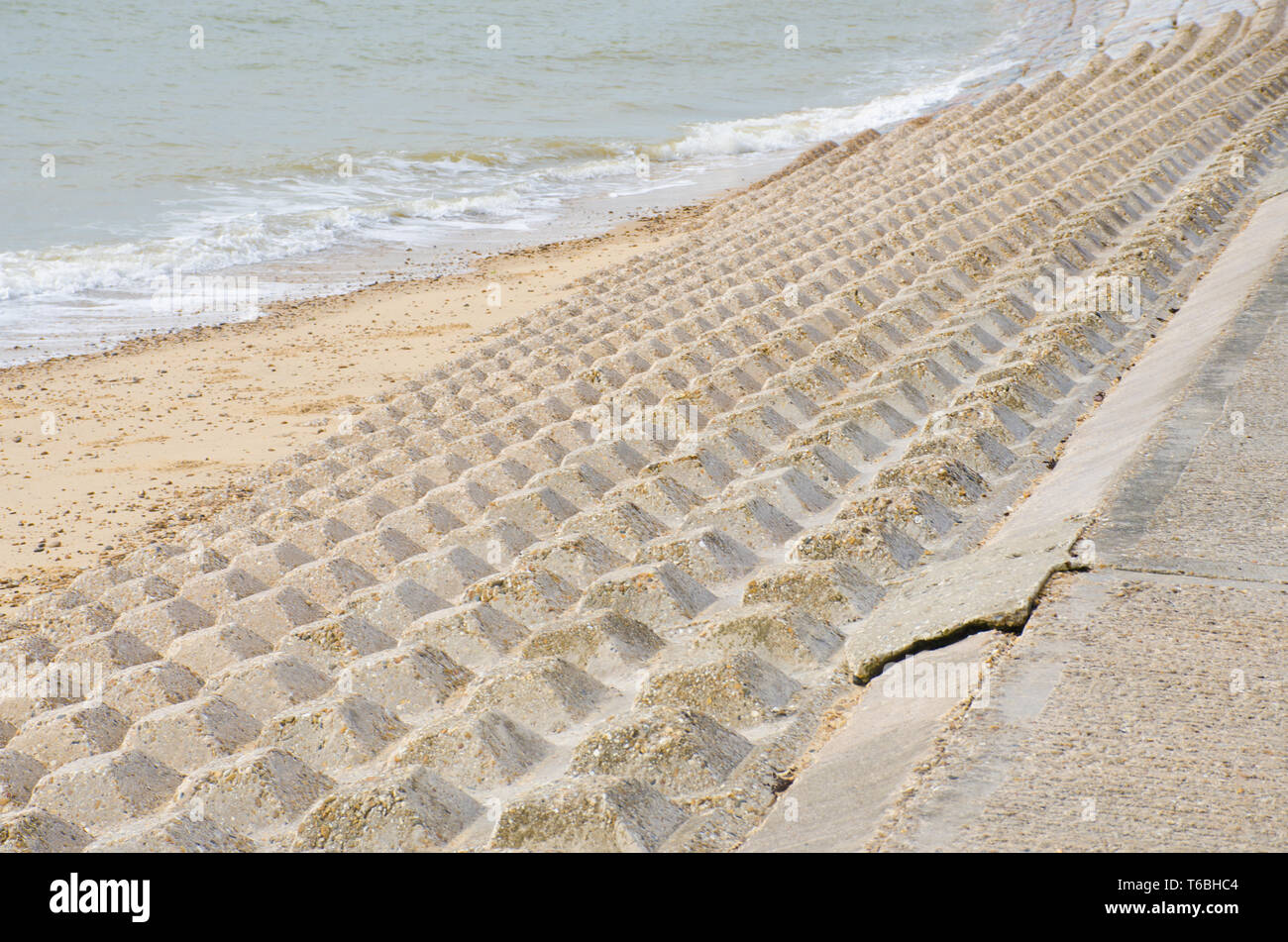Shore Protect Team Things To Know Before You Buy
Wiki Article
Some Ideas on Shore Protect Team You Should Know
Table of ContentsThe Ultimate Guide To Shore Protect TeamHow Shore Protect Team can Save You Time, Stress, and Money.Shore Protect Team Can Be Fun For AnyoneA Biased View of Shore Protect TeamShore Protect Team for DummiesThe Best Guide To Shore Protect TeamShore Protect Team Fundamentals Explained
Decrease in residential or commercial property worth: As the location tourism is impacted by disintegration, so then is the economic climate. Purchasers are much less most likely to look for a coastline house that might be ruined anytime by the approaching flooding and disintegration emergency situation. In turn, residential property worth can drop greatly and impact the entire region.Whether a beach is just little and crowded or has to close totally for the safety of the community and close-by buildings, this considerably impacts tourism. In turn, local economies are impacted (https://johnnylist.org/Shore-Protect-Team_313124.html). Risk of injury: The increased threat of flooding and structural failings causes a raised threat of injury to neighboring vacationers and neighborhood participants

Coastline stabilization is directly associated to their work. Waterside resorts: Due to the fact that coastline disintegration effects tourist, it impacts the success of waterside hotels.
Not known Details About Shore Protect Team
This at some point brings about closures and deserted beachfront residential or commercial properties. Coastal industrial businesses: No tourists suggests no service. For those services accommodating citizens, their residential or commercial property goes to risk of damages from disintegration and flooding. Coastal state parks: State parks that exist along coasts are at danger of damage. Not just to the manufactured structures and properties on website, but additionally to the natural ecosystems that exist within.Hard stablizing makes use of synthetic structures as security to regulate disintegration. The majority of kinds of hard stabilization like seawalls and sheet metal are not optimal for shoreline stablizing.
Our Shore Protect Team Diaries
There's additionally insufficient proof of their effectiveness relying on the kind of coastline and regional problems. Tough stablizing strategies often tend to be extra hard to install and don't match the all-natural aesthetic, protruding like a sore thumb and damaging regional environments in several situations. Coastline sustenance is the process of including lost sand and sediment back to coastlines after disintegration has taken place.TrapBags help in the process of beach sustenance by securing all-natural environments and enabling plants to grow. While this procedure can be expensive and is not irreversible, the pros have a tendency to outweigh the cons. TrapBag obstacles offer numerous properties that make them perfect for seaside and shore disintegration security. They're: Environmentally pleasant: You can utilize indigenous soil both to border and to fill the TrapBags.

Not known Details About Shore Protect Team
They can also be mounted without any type of hefty equipment. Budget friendly: TrapBags are excellent for both little and large locations of shoreline.Combined with a high building and construction cost, this has actually resulted in raising usage of various other soft design coastal monitoring options such as coastline replenishment. Seawalls are built from numerous products, most typically enhanced concrete, rocks, steel, or gabions. Other possible building materials consist of plastic, wood, light weight aluminum, fiberglass composite, and naturally degradable sandbags made from jute and coir. The proper seawall style relies upon location-specific aspects, consisting of bordering erosion procedures. There are 3 main types of seawalls: upright, curved, tipped, and mounds (see table listed below). A record published by the United Nations Environment Program (UNEP) recommends that the tidal wave of 26 December 2004 triggered much less damages in the locations where all-natural obstacles existed, such as mangroves, reef or seaside vegetation.
All-natural barriers, such as reef and mangrove forests, stop the spread of tidal waves and the flow of seaside waters and minimized the flood and surge of water. A cost-benefit method is a reliable means to determine whether a seawall is ideal and whether the advantages deserve the expenditure.
10 Simple Techniques For Shore Protect Team
A seawall is a fixed function which can contravene the vibrant nature of the shore and hamper the exchange of debris in between land and sea. The table below summarizes some positive and negative effects of seawalls which can be utilized when comparing their effectiveness with various other seaside management alternatives, such as beach nutrition. [] Benefits and disadvantages of seawalls according to Short (1999) Benefits Disadvantages Long-term remedy in contrast to soft coastline nourishment.
This can trigger coastlines to dissipate, making them ineffective for coastline goers. Generally, seawalls can be an effective way to manage coastal disintegration, yet only if they are built well and out of materials that can withstand the pressure of recurring wave energy. Some understanding is required of the seaside processes and morphodynamics specific to the seawall location.
Shore Protect Team - The Facts
Incorporated with a high building cost, this has actually led to enhancing use various other soft engineering coastal monitoring options such as coastline replenishment. Seawalls are built from various materials, the majority of frequently enhanced concrete, rocks, steel, or gabions. Various other possible construction products consist of vinyl, wood, light weight aluminum, fiberglass composite, and naturally degradable sandbags made of hemp and coir. The suitable seawall design counts on location-specific elements, including bordering erosion procedures. There are three major types of seawalls: vertical, bent, tipped, and mounds (see table listed below).All-natural barriers, such as coral reefs and mangrove woodlands, stop the spread of tsunamis and the circulation of coastal waters and mitigated the flood and rise of water. A cost-benefit method is an effective method to identify whether a seawall is ideal and whether the advantages deserve the cost.
The 10-Minute Rule for Shore Protect Team
A seawall is a static attribute which can clash with the dynamic nature of the coastline and impede the exchange of sediment in between land and sea. Benefits and disadvantages of seawalls according to Short (1999) Advantages Downsides Lengthy term remedy in comparison to soft coastline nutrients.
This can create coastlines to dissipate, rendering them ineffective for beach goers. Normally, seawalls can be an effective means to manage seaside disintegration, however only if they are created well and out of products that can stand up to the pressure of recurring wave power. Some understanding is needed of the coastal processes and morphodynamics particular to the seawall location.
Report this wiki page